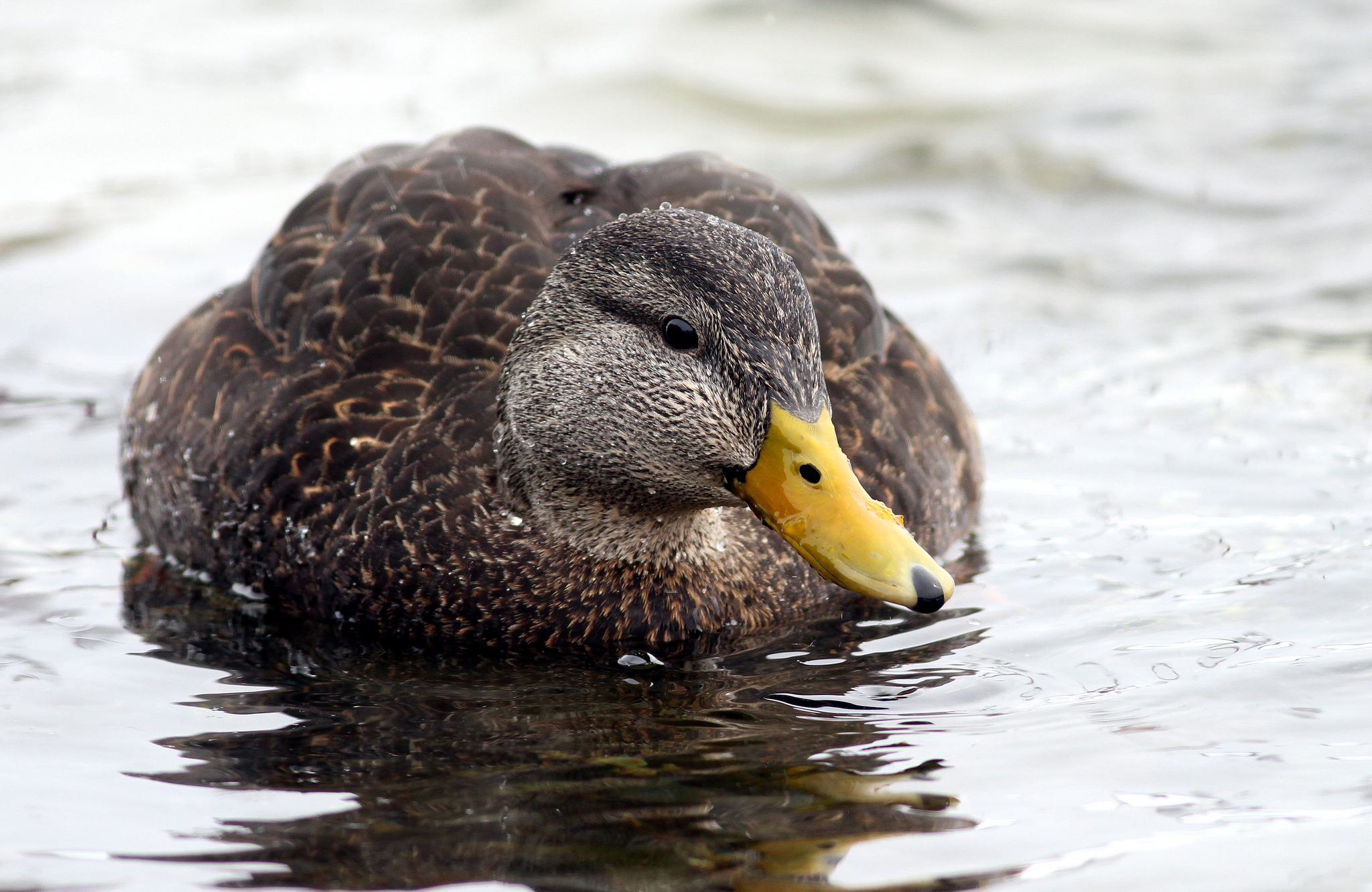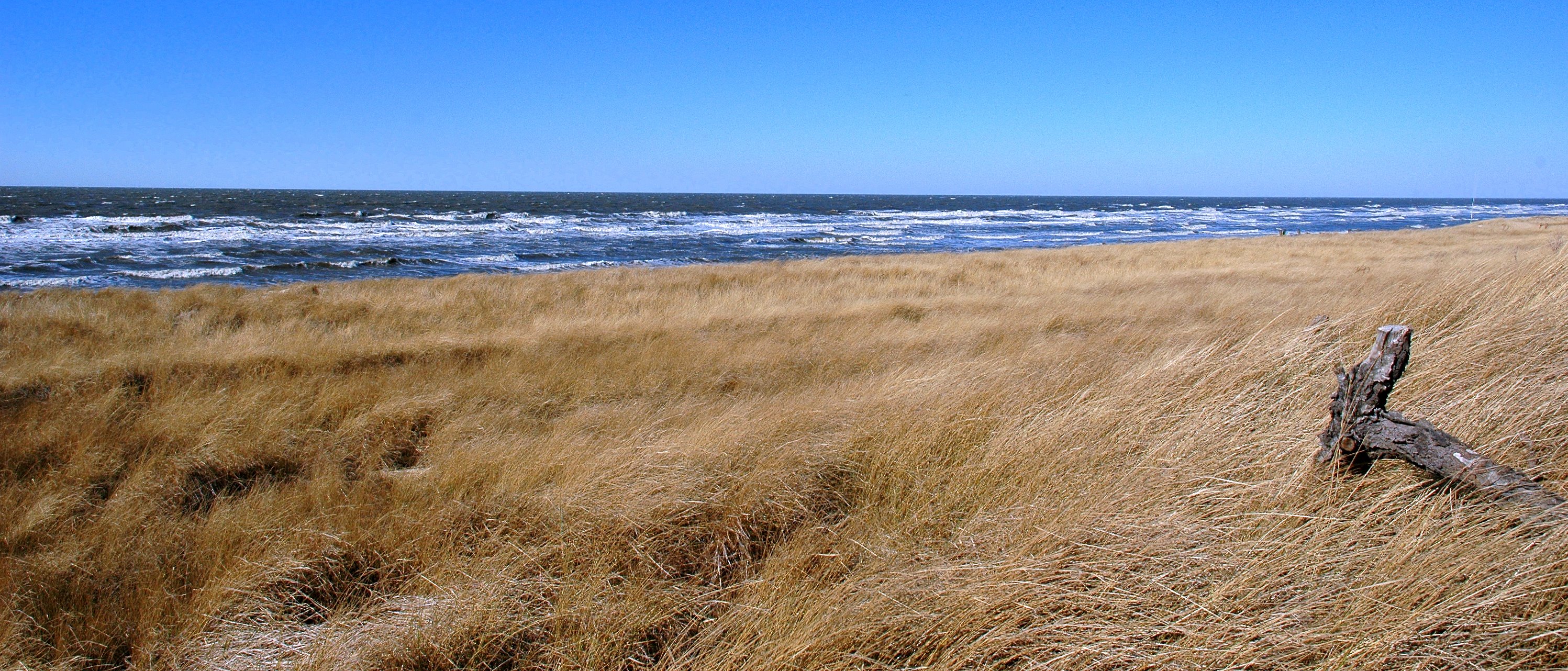In 2016 the USDA Natural Resources Conservation Service (NRCS) expanded its successful ‘Working Lands for Wildlife” (WLFW) program from its initial seven species nationwide, to include eleven new projects. WLFW projects focus on declining species that have needs compatible with agricultural practices and rural land management and that can benefit from conservation on private lands.
The American Black Duck is now a focal species in Delaware, Maryland, Virginia and New Jersey. NRCS is working with private landowners in the Delaware Bay and Chesapeake Bay watersheds to restore tidal and floodplain wetlands, and manage healthy riparian areas and streams to reverse the duck’s long-term population decline. NRCS’s goal is to conserve 980 acres by 2018. Conversion of unproductive fields experiencing saltwater intrusion in order to create salt marsh habitat is a particular focus of this effort.
ACJV staff worked with Ducks Unlimited and NRCS on the WLFW proposal, which relied on maps from the new Black Duck Decision Support Tool (DST), to target high-quality habitat to protects
ACJV partners are also involved in and benefitting from several other new WLFW projects including Northern Bobwhite in Grasslands (in VA, NC) and Pine Savannahs (in GA, NJ, NC, SC, and FL), and Northeast Turtles (in New England and NY).


